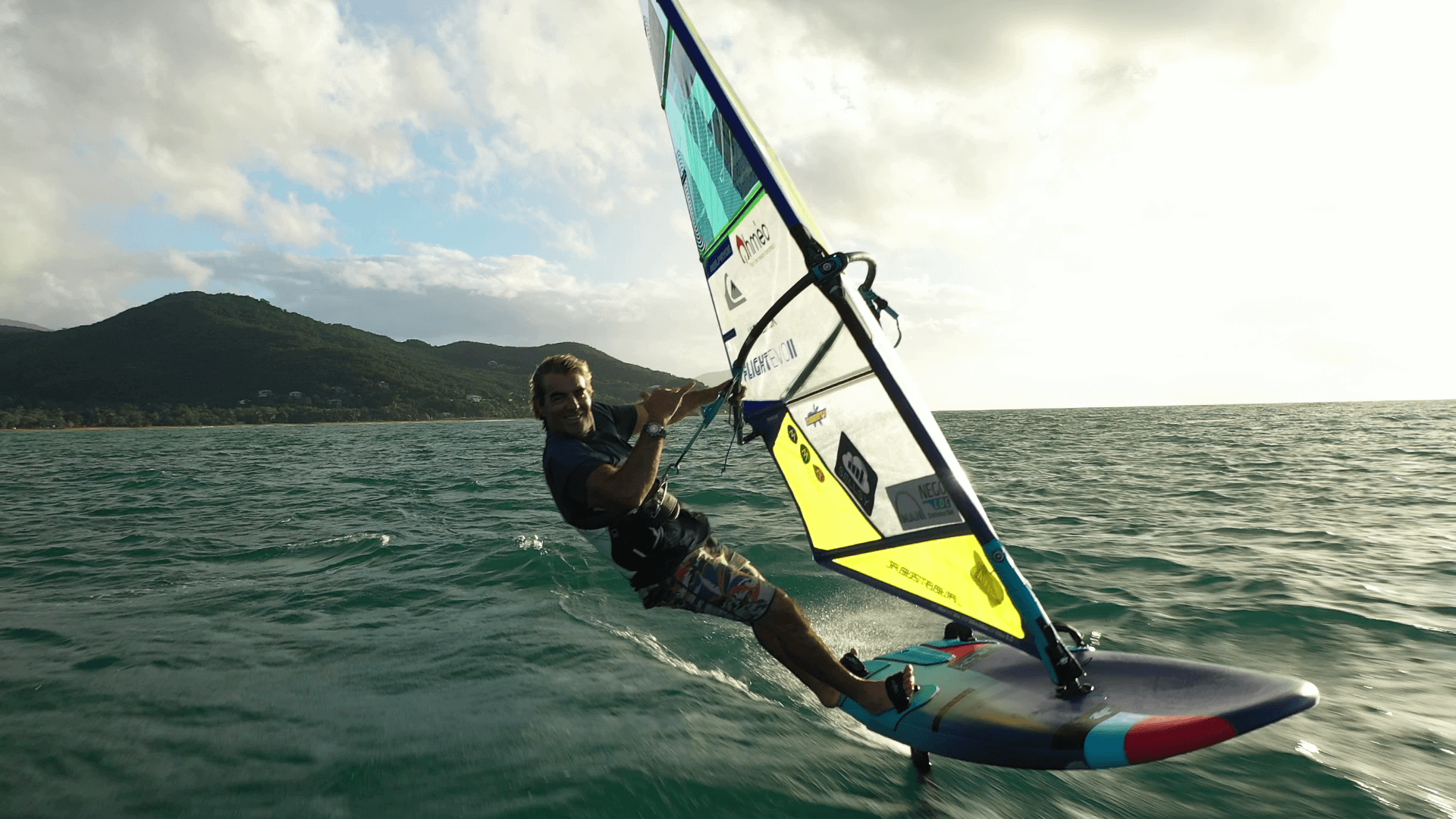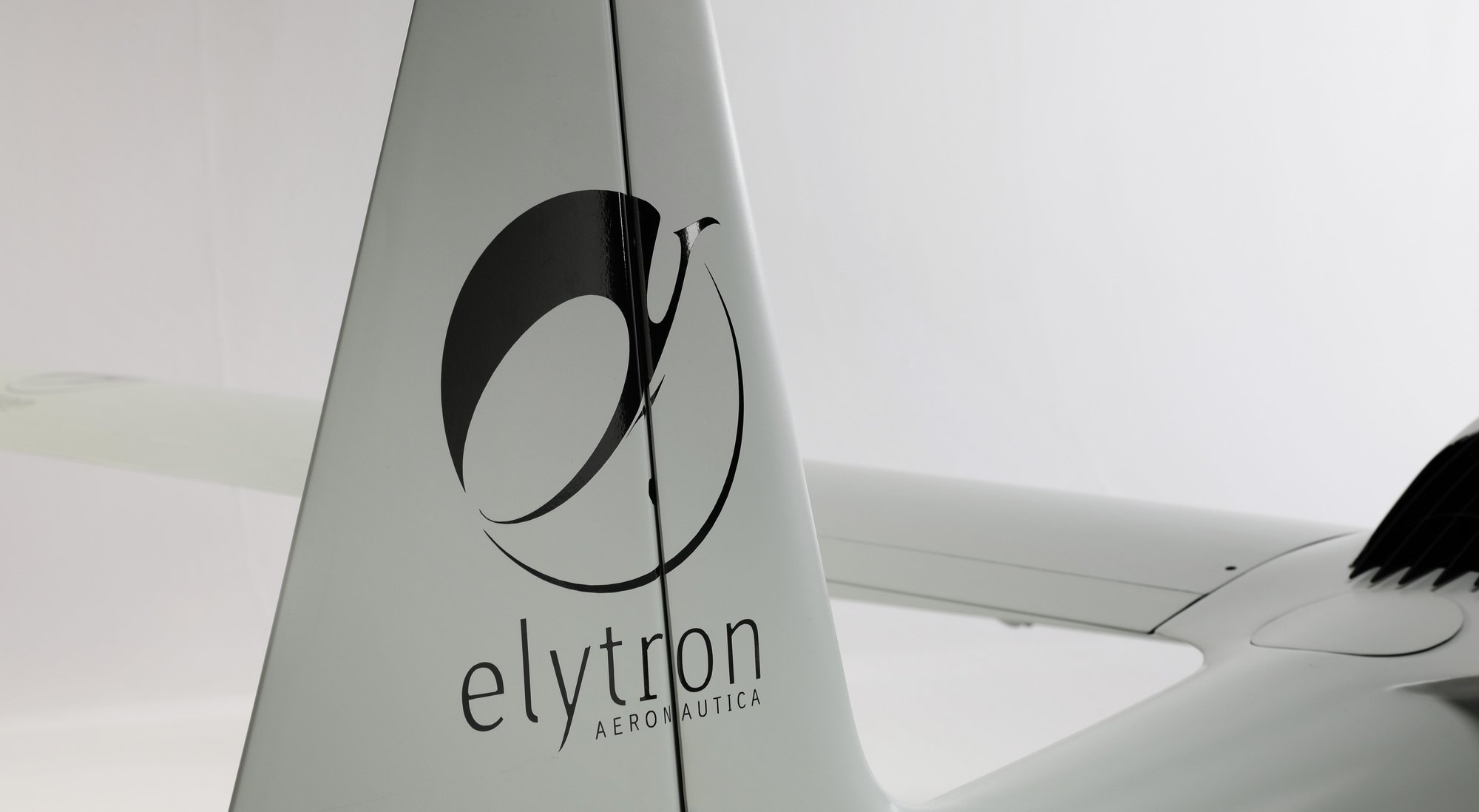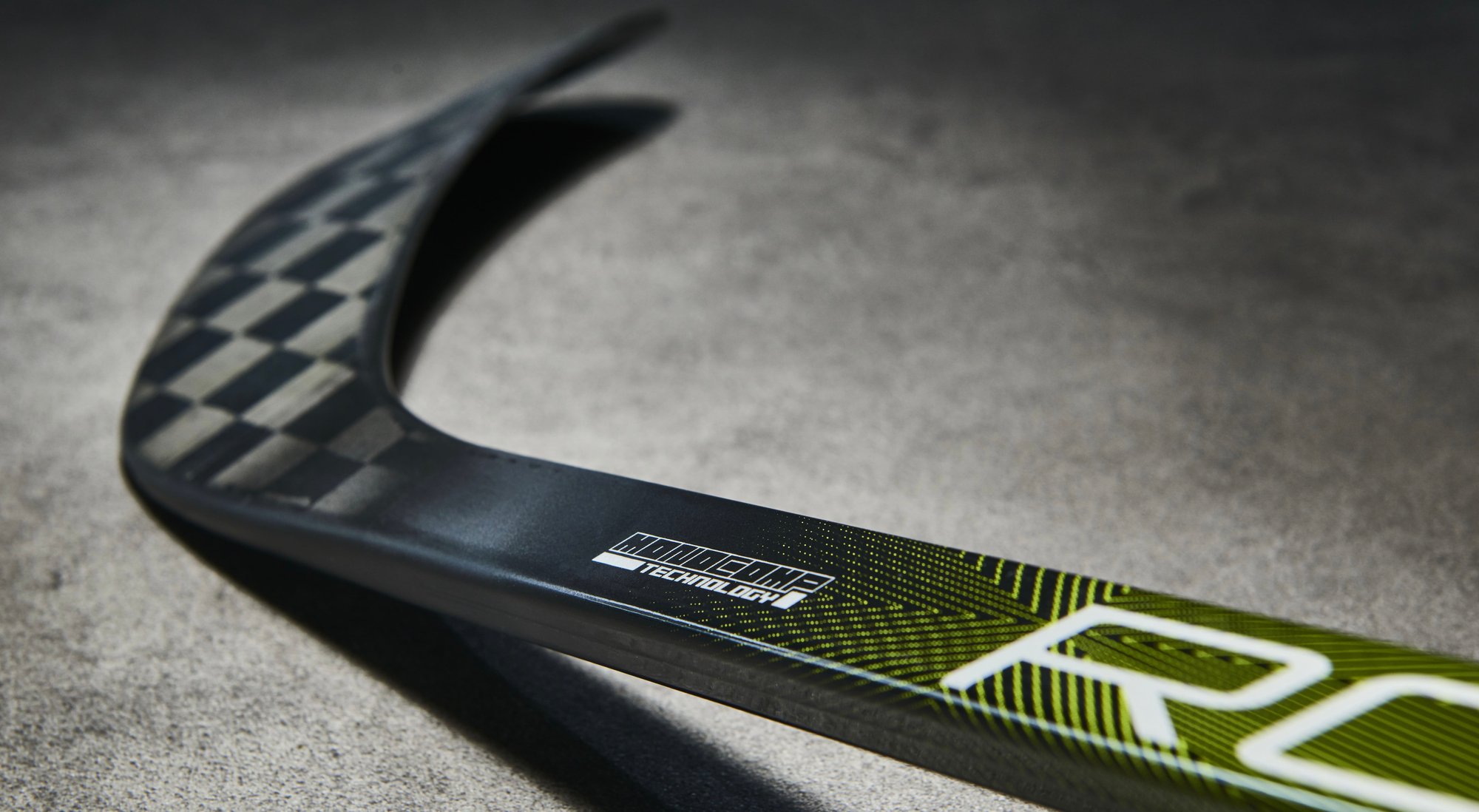NASA Ingenuity
x TeXtreme®
NASA’s Ingenuity helicopter is redefining extraterrestrial flight through an ultralight, high strength design powered by TeXtreme® composite innovation. Its ability to fly in the thin Martian atmosphere sets new standards for performance, precision and the future of aerial exploration beyond Earth.
A Historic Leap for Flight Beyond Earth
On April 19, 2021, NASA made history by flying a powered, man-controlled helicopter on another planet for the first time. This achievement was the result of years of engineering, testing and refinement inside specialized Earth-based chambers designed to simulate the harsh, low-density environment of Mars. Ingenuity became the first aircraft to attempt powered flight on another world, which introduced challenges unlike any faced in traditional aerospace development. The helicopter needed to be exceptionally light, incredibly strong and capable of generating enough lift in an atmosphere with only about one percent of Earth’s density. These demands made advanced composite materials essential, and TeXtreme® played a crucial role in the design. The helicopter incorporates TeXtreme® in its solar panel substrate, the electronics enclosure and the rotor blades.

Engineering a Lightweight Aircraft for Mars
NASA, JPL and AeroVironment engineers needed a material that could deliver stiffness with minimal weight, ensuring that no energy was wasted during flight. After searching for an ultra-thin, ultra-light and highly stiff solution, the team turned to TeXtreme® and collaborated with our engineers to identify the optimal variant for Ingenuity’s unique conditions. This made it possible to design rotor blades capable of producing lift in Mars’ extremely thin atmosphere. Ingenuity weighs only 1.8 kilograms on Earth, about 680 grams on Mars, and carries a 1.2 meter rotor span constructed from TeXtreme® carbon fiber and foam core. Its solar-powered lithium-ion batteries store enough energy for a ninety-second flight each Martian day. The electronics box at the base houses the helicopter’s “brain” and is protected and insulated by a TeXtreme® reinforced structure to withstand the cold climate of Mars.

A New Foundation for Planetary Exploration
Ingenuity began as a technology demonstration to evaluate whether flying probes could support future missions to Mars and other worlds. Its first flight involved a simple takeoff, ascent to three meters, hovering, a turn and a safe landing. It later completed increasingly ambitious flights, proving consistent performance and reliability. With the tech demo phase complete, Ingenuity moved into an operations demonstration, exploring how helicopters can work alongside rovers. To date, the aircraft has completed sixteen successful flights and even executed a high-speed test at 2800 rpm, a requirement for handling colder Martian seasons when air density drops dramatically. The helicopter has exceeded NASA’s expectations and delivered valuable data that will guide the development of future aerial explorers. Ingenuity marks only the beginning, offering a glimpse of what next-generation Mars aircraft may achieve as humanity continues to expand its reach across other worlds.
Explore other TeXtreme® stories
Blackwing Raises the Standard in Ultralight Aviation
A visionary approach to aviation, combining lightweight carbon fiber engineering, speed, and safety with Scandinavian design excellence. Precision-built in Sweden, Blackwing aircraft set a new benchmark for performance and the pure joy of flying.
Inside the Zephir Project
An ambitious venture pushing the boundaries of sailing performance through speed, precision, and sustainability. Cutting-edge design and lightweight construction drive a new course in marine technology.
Breaking New Ground with Elytron Aeronautica
A bold mission reshaping the future of UAV performance with unmatched endurance, payload capacity, and precision. Advanced composites and cutting-edge engineering enable lighter, stronger, and smarter airframes, setting a new standard in aerospace technology.
Fischer Hockey Redefines Lightweight Performance on Ice
A bold leap forward in ice hockey innovation, blending TeXtreme® with Fischer’s century of craftsmanship. The result: ultralight sticks engineered for explosive power, precision control, and lasting durability. Trusted by professionals and ambitious players worldwide.
Get in Touch
Choosing the right composite solution is critical to product performance, weight targets, and production efficiency. Our team of engineers and materials experts is ready to support your evaluation, design integration, and manufacturing process.



